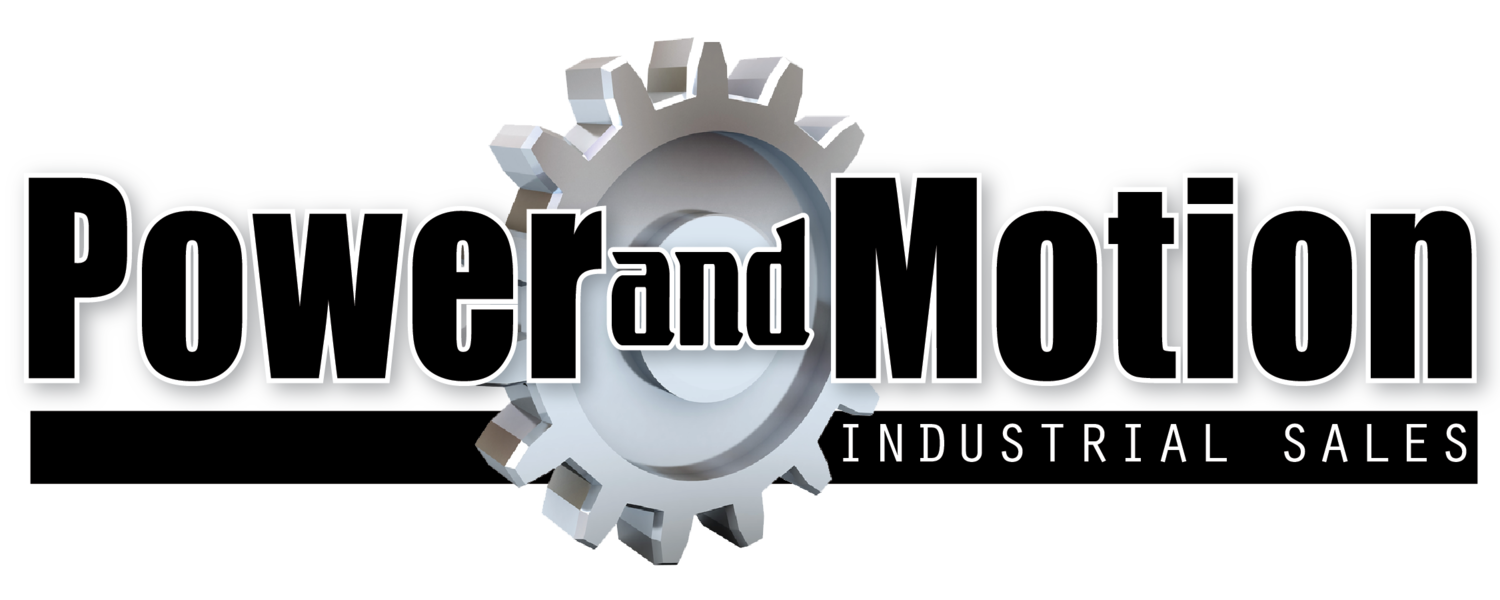Jib Crane Terminology 101
One of the big things I've learned in this job is that there are a lot of different names for the parts and pieces in the material handling industry. One example? Gantry. At Gorbel, a "gantry" is a particular style of mobile crane, but outside of Gorbel, I've also heard multiple people use "gantry" as a catch-all term for all overhead cranes. So, to help, today's Cranes 101 post is a quick review of some of the terminology that you'll frequently hear in overhead crane conversations, and how we at Gorbel define those terms.
Anchor Bolt Load: The total amount of force that is applied to each supporting anchor bolt; usually measured in kips.
Axial Load: The total vertical force applied to the supporting structure.
Boom: The "jib" of a jib crane, or the horizontal beam upon which the hoist trolley travels.
Bracket Center: The distance, center line to center line, between two supporting brackets of a wall mounted jib crane (the distance between the two wall mounting points)
Height Under Boom (HUB): The distance from the floor to the underside of the crane's boom. The minimum height under boom equals the height of the load, plus the maximum distance the load is to be lifted, plus the headroom required for the hoist, trolley, and attachments.
Mast: The vertical steel component of the jib crane which supports the crane.
Overall Height: The distance to the highest point on the jib crane (should include hardware). A minimal clearance (nominally 3 inches) is required from any obstructions above the boom or tie rod assembly throughout the entire rotation of the crane.
Overturning Moment (OTM): The crane's "moment" is the rotational force applied to the supporting structure, created by hanging a load from the boom and the boom itself, causing a crane to want to tip over and the boom deflect downward. The maximum moment occurs when the load is positioned furthest away from the mast or wall, at the very tip of the cantilevered boom.
Span: For a jib crane, span is the distance from the center of the pivot point to the end of the boom. Note that "span" is greater than actual "working span" or "hook coverage". Thrust & Pull: Forces exerted by a crane on its supporting structure.
Thrust is the pushing (or compressive) force exerted on the structure, while Pull is the tensile force. Thrust and Pull are thus equal (but opposite in direction) to each other. The maximum thrust & pull occurs when the crane is loaded at full capacity.
By: Susan Griepsma

